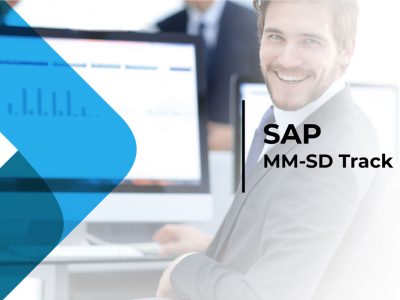Overview
Overview
Become job-ready by mastering the advanced concepts of SAP FICO Financials Track. Our SAP FICO Financials training track covers all the concepts from basics to advanced levels including General ledger account payables and cash management, receivables and collection, Fixed assets, Cost controlling, profitability analysis and more through real-time use cases. You will also get exposure to industry based real-time projects. Upon completion of the SAP FICO training track, you will start your interview cycle to start your career as SAP FICO Financial consultant in one of SAP partners or customers.
Job Profile Outcome
Job Profile Outcome
- Collect and analyze business requirements for the Finance department of the Customer.
- Assist in design, demonstrate, development, testing and implementation of SAP FICO modules according to the business requirements.
- Write business requirement documents and other functional related documentations.
- Identify functional gaps and provide corrective actions.
- Respond to the customer queries and concerns.
- Ensure that project deliverables meet customer specifications.
- Resolve SAP related queries & issues of customer.
- Provide ERP functional consulting & Training to customers.
- Lead client throughout implementation and support phases.
- Provide suggestions to configure the SAP applications for optimum utilization.
- Collaborate with different tracks & team to provide a holistic solution.
- Work with documentation team to develop user guides and training materials.
- Perform daily activity reporting against plans and schedules.
Course Features
- Duration 160 hours
- Activities ERP Career Development
- Day of week 40 Days
Curriculum
Curriculum
Reviews
Reviews




